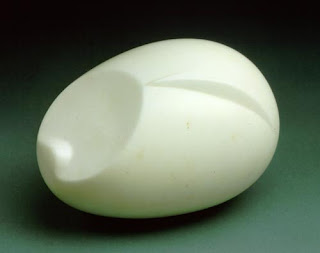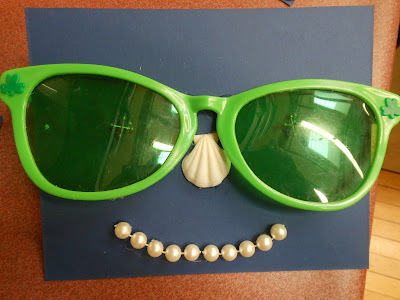Last Friday's Wall Street Journal carried an article on our old favorite issue: "Modern Quilters Stress Simplicity, Edgy Subjects." Yes, it's Modern Quilting, which
I wrote about a lot two years ago. It got to be a WSJ subject because Meg Cox, who used to work there, is a quilt aficionada and every now and then will write a story for them about her new interests. Meg called me a couple of weeks ago and wanted to chat about my ideas on Modern Quilting, and she ended up quoting me in her story.
The news peg for this story was that Meg attended QuiltCon, the first national show of the Modern Quilt Guild, in February. I had read about QuiltCon on various blogs at the time, and thought that it looked a lot like all the other big quilt shows, but apparently it was a bit different in its demographics. "Instead of being clogged with electric mobility scooters, as in many quilting conferences, the aisles of QuiltCon... were full of strollers," Meg wrote in the article. "This was a tech-savvy crowd: The show's organizers counted 2,000 tweets and 4,500 Instagram posts. A surprising number of the posts were about tattoos."
Meg liked something that
I wrote in my blog two years ago and quoted it in the article: "This New and Different Movement... is neither New nor Different." She also quoted me as saying that I've seen nothing recently to change my mind on that opinion.
I wasn't the only crabby old quilter quoted in the article.
Holice Turnbow, a longtime fixture on the traditional quilting circuit and co-founder of the Hoffman Challenge, said, "Of the 50 attributes they list as modern, workmanship seems to be about 48."
In 2011, when I was trying hard to figure out exactly what Modern Quilting was, I ascertained that
Modern Quilters wanted to break the rules. Two years ago I was never able to learn just what rules they wanted to break, but now, thanks to the Wall Street Journal article, we have more info on that front. Seems that the most talked-about quilts in the show were ones featuring our favorite four-letter word.
Give a F*ck, group quilt
Many people who attended the show blogged about these quilts and the consensus was that it was so courageous for the quilters to make them and for the show organizers to display them.
The purpose of the group quilt pictured above, according to the project organizer, Chawne Kimber, was to challenge the notion that some words must be censored from quilts. (Yet she coyly spelled the quilt's title with an asterisk....)
So now we know that Modern Quilters want to break the rules about four-letter words.
Other quilts that caused comment at the show included one of a gun dripping blood. With the institutional memory of an old lady, I point out that quilts about guns are nothing new; Bean Gilsdorf had two gun pieces in Quilt National, in 2003 and 2005, and in my humble opinion, they were more subtle and artistically noteworthy.
Bang You're Dead, Jacquie Gering (at QuiltCon )
Ouija #1, Bean Gilsdorf (Quilt National '03)
I'm sorry I can't provide a link to the entire article; the WSJ website is subscription-only.
























































